Table of contents
- 1 What are Altcoins? A Deep Dive into the World Beyond Bitcoin
- 1.1 What are Altcoins?
- 1.2 Types of Altcoins
- 1.3 Top Altcoins to Invest in 2025
- 1.4 How to Buy Altcoins
- 1.5 Altcoins vs. Bitcoin
- 1.6 Best Altcoins for Beginners
- 1.7 What is Ethereum (ETH)?
- 1.8 Altcoin Mining
- 1.9 Altcoin Trading
- 1.10 What is a Stablecoin?
- 1.11 How to Store Altcoins Securely
- 1.12 Altcoins with the Highest Potential
- 1.13 What is DeFi (Decentralized Finance)?
- 1.14 How to Invest in Altcoins Safely
- 1.15 Conclusion
- 1.16 Frequently Asked Questions (FAQs)
What are Altcoins? A Deep Dive into the World Beyond Bitcoin
The cryptocurrency landscape is vast and ever-evolving, and while Bitcoin often steals the spotlight, a whole universe of other digital currencies exists. These are known as altcoins, short for “alternative coins,” and they offer a diverse range of functionalities, technologies, and investment opportunities. In this comprehensive guide, we’ll explore the world of altcoins, uncovering their different types, potential, risks, and how to navigate this exciting and sometimes complex space.
Altcoins are cryptocurrencies other than Bitcoin. They were created to improve upon Bitcoin’s features, address its limitations, or introduce new functionalities, such as faster transactions, smart contracts, or specialized use cases like decentralized finance (DeFi). They represent a diverse ecosystem of digital assets beyond the original cryptocurrency.
What are Altcoins?
At the most basic level, an altcoin is any cryptocurrency that is not Bitcoin. They emerged as alternatives to Bitcoin, often aiming to improve upon its perceived shortcomings or to offer entirely new use cases. Think of Bitcoin as the original, foundational cryptocurrency, and altcoins as the various branches that have sprung from its initial concept. The term “altcoin” encompasses a wide range of digital assets, each operating on its own blockchain or a derivative of an existing one. For a deeper understanding of the underlying technology, you can explore what is cryptocurrency.
Why Do Altcoins Exist?
Altcoins exist for a multitude of reasons, often stemming from the following:
- Innovation: Many altcoins are created to introduce innovative features not present in Bitcoin, such as faster transaction speeds, enhanced privacy, or smart contract functionality.
- Addressing Bitcoin’s Limitations: Some developers seek to solve the issues they perceive with Bitcoin’s design, such as its energy consumption or limited scalability.
- Specific Use Cases: A large number of altcoins are designed for specific purposes, such as enabling decentralized applications (dApps), facilitating supply chain management, or providing solutions for decentralized finance (DeFi).
- Community Driven Projects: Certain altcoins arise from communities wanting a different approach to governance or token distribution.
Types of Altcoins
The world of altcoins is incredibly diverse, with numerous categories each serving a distinct purpose. Here are some of the most common types of altcoins:
Payment Cryptocurrencies
These altcoins are designed to function primarily as digital cash, facilitating peer-to-peer transactions. They often aim for faster transaction times and lower fees compared to Bitcoin. Examples include Litecoin (LTC) and Monero (XMR). To start your journey with these payment cryptocurrencies, you might need to understand how to buy cryptocurrency.
Utility Tokens
Utility tokens provide access to specific products or services within a blockchain ecosystem. They are not designed as investments, but rather as keys to unlocking functionalities. For example, some utility tokens provide access to dApps, grant voting rights, or offer discounts on platform fees. Chainlink (LINK) and Basic Attention Token (BAT) fall under this category.
Security Tokens
Security tokens represent ownership or fractional ownership in a traditional asset, such as real estate, stocks, or bonds. They are subject to securities regulations and offer a new avenue for fundraising and investments.
Stablecoins
Stablecoins are cryptocurrencies pegged to a more stable asset, such as a fiat currency (like the US dollar) or a commodity (like gold). They aim to mitigate the price volatility often associated with other cryptocurrencies, making them suitable for everyday transactions and use in DeFi. Examples include Tether (USDT), USD Coin (USDC), and DAI. If you’re interested in the stability of these coins, it’s good to understand what drives the market, such as cryptocurrency market crashes and what causes them.
Meme Coins
Meme coins are altcoins that originate from internet memes or have some other humorous origin. These coins often experience extreme volatility and are driven by social media hype and speculation. Dogecoin (DOGE) and Shiba Inu (SHIB) are prime examples.
Platform Coins
These coins function as the native currency for specific blockchain platforms and are used to power dApps and execute smart contracts. Ethereum (ETH) and Binance Coin (BNB) are well-known examples.
Privacy Coins
Privacy coins are designed to enhance anonymity and confidentiality in transactions. They often employ advanced cryptographic techniques to obfuscate transaction details. Examples include Monero (XMR) and Zcash (ZEC).
Governance Tokens
Governance tokens grant holders the right to vote on proposed changes or updates to the blockchain network or project. They empower the community and allow for decentralized decision-making. To learn more, see our guide on governance tokens.
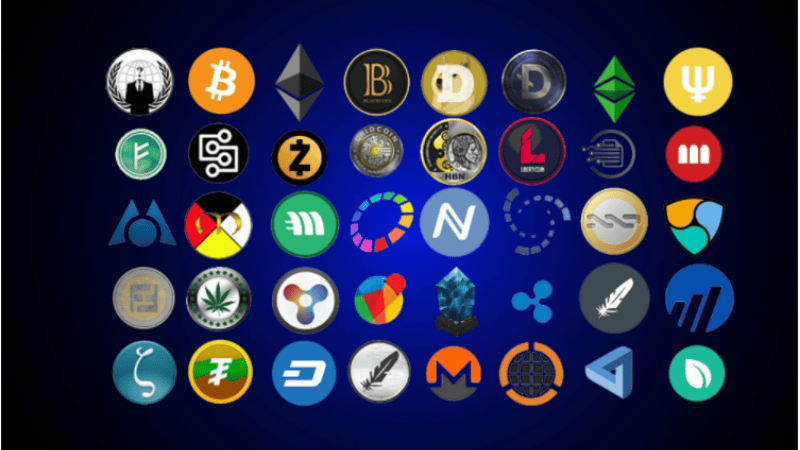
Top Altcoins to Invest in 2025
Identifying the “top” altcoins is a complex task, as the market is constantly changing. However, based on their technology, adoption, and potential, here are a few altcoins worth considering in 2025:
- Ethereum (ETH): As the leading platform for dApps and smart contracts, Ethereum continues to be a dominant force in the crypto space.
- Cardano (ADA): Known for its focus on research and a peer-reviewed approach, Cardano aims to provide a sustainable and scalable blockchain platform.
- IntelMarkets (INTL): A recently emerging AI-powered altcoin that is attracting attention, with claims of automated trading strategies and a focus on empowering retail traders. You might be interested in learning about AI Wallets, which are becoming increasingly important in managing digital assets.
- Solana (SOL): With its focus on high transaction speeds and low costs, Solana is a popular choice for developers and users alike.
- Polkadot (DOT): Polkadot seeks to connect various blockchains, creating a truly interconnected crypto ecosystem.
- Chainlink (LINK): As a leading oracle network, Chainlink plays a vital role in bringing real-world data to blockchain platforms.
Disclaimer: This is not financial advice. Always do your own research and only invest what you can afford to lose.
How to Buy Altcoins
Purchasing altcoins generally involves a few steps:
- Choose a Cryptocurrency Exchange:
- Centralized Exchanges (CEXs): These exchanges act as intermediaries, facilitating trades between buyers and sellers. Examples include Binance, Coinbase, Kraken, and CEX.IO. To learn more about the top platforms, check out our article on top crypto exchanges and apps.
- Decentralized Exchanges (DEXs): DEXs operate without intermediaries, allowing for peer-to-peer trading directly from your wallet. Examples include Uniswap and PancakeSwap.
- Brokerages: Brokerages offer a simplified way to buy and sell altcoins, acting as intermediaries that buy from exchanges and sell directly to you. They are often more user-friendly for beginners, but typically have higher fees.
- Aggregators: These platforms scan multiple exchanges to find the best prices for altcoins and allow users to execute trades across different platforms.
- Verify Your Identity (KYC): Complete the necessary identity verification procedures, as required by the exchange.
- Deposit Funds: Deposit fiat currency (e.g., USD) or cryptocurrency (e.g., Bitcoin or Ethereum) into your account. Note that many altcoins are paired with Bitcoin, so it’s often necessary to purchase Bitcoin first.
- Choose Your Altcoins: Browse the available altcoins and select the ones you wish to purchase.
- Place Orders: Execute a buy order based on your chosen altcoin and the desired amount.
- Monitor Your Trades: Keep track of your trades and adjust your strategy as needed.
- Withdraw Funds: Withdraw your profits or coins to a secure wallet.
Altcoins vs. Bitcoin
While both are cryptocurrencies, there are several key differences between altcoins and Bitcoin:
| Feature | Bitcoin | Altcoins |
|---|---|---|
| Purpose | Primarily a store of value and a means of payment. | Diverse, including enabling dApps, enhancing privacy, and more. |
| Technology | Uses Proof-of-Work (PoW) consensus mechanism. | Often uses PoS or other consensus mechanisms, aiming for efficiency. |
| Scalability | Limited transaction speeds and higher fees. | Some offer faster transaction speeds and lower fees than Bitcoin. |
| Volatility | Generally less volatile than most altcoins. | Often more volatile, especially newer or smaller market cap coins. |
| Market Cap | Largest market cap in the crypto space. | Varying market caps, often much lower than Bitcoin. |
| Adoption | Most widely recognized and adopted. | Adoption varies widely depending on the coin. |
| Longevity | The first and oldest cryptocurrency. | Launched after Bitcoin, with varying levels of development and maturity. |
| Transaction Fees | Higher transaction fees. | Many altcoins offer lower transaction fees. |
Best Altcoins for Beginners
For those new to the world of altcoins, it’s generally recommended to start with more established projects with larger market caps. Here are some beginner-friendly altcoins:
- Ethereum (ETH): A relatively stable option with strong developer support.
- Litecoin (LTC): Often called “digital silver” to Bitcoin’s “digital gold,” Litecoin offers faster transaction times.
- Stablecoins (USDT, USDC, DAI): A good entry point to learn about cryptocurrencies without the fear of extreme volatility.
- Cardano (ADA): A well-researched and steadily developing cryptocurrency.
What is Ethereum (ETH)?
Ethereum is more than just a cryptocurrency; it’s a decentralized global software platform powered by blockchain technology. While Ether (ETH) is its native cryptocurrency, Ethereum’s primary purpose is to enable the creation and deployment of smart contracts and dApps. It is considered the second-largest cryptocurrency after Bitcoin. For a more in-depth look, you can read our article on what is Bitcoin.
Ethereum vs Bitcoin
| Feature | Ethereum | Bitcoin |
|---|---|---|
| Primary Purpose | Platform for dApps and smart contracts | Store of value and digital payment system |
| Consensus Mechanism | Transitioning to Proof-of-Stake (PoS) | Proof-of-Work (PoW) |
| Supply | Not fixed | Fixed supply of 21 million coins |
Altcoin Mining
Altcoin mining refers to the process of verifying and adding new transaction records to an altcoin’s blockchain. Depending on the specific altcoin, this process may use different mechanisms. Some of the most common are:
- Proof-of-Work (PoW): Miners use computational power to solve complex mathematical puzzles, verifying transactions and earning rewards in the form of newly created coins. Bitcoin uses PoW.
- Proof-of-Stake (PoS): Instead of solving complex equations, PoS miners validate transactions by “staking” their own holdings of the cryptocurrency, with higher stakes having a greater chance of validating transactions. Ethereum is in the process of moving to PoS.
Altcoin Trading
Altcoin trading involves buying and selling altcoins with the goal of making a profit based on price fluctuations. This can be done on various exchanges, and strategies range from day trading to long-term investing. Altcoin trading is known for its volatility, meaning it has the potential for high returns, but also significant risk. To learn more about navigating these waters, see our guide to cryptocurrency trading.
Risk Management in Altcoin Trading
Risk management is crucial when trading altcoins due to their volatile nature. Key strategies include diversification, setting stop-loss orders, and only investing what you can afford to lose.
What is a Stablecoin?
As mentioned previously, a stablecoin is a cryptocurrency designed to maintain a stable price relative to another asset. This peg can be to fiat currency, such as the US Dollar, commodities such as gold or another cryptocurrency.
How Do Stablecoins Work?
There are different methods stablecoins use to maintain their peg, such as:
- Fiat-Collateralized: These stablecoins are backed by reserves of fiat currency held in traditional bank accounts.
- Crypto-Collateralized: These stablecoins are backed by reserves of other cryptocurrencies, often over-collateralized to account for volatility.
- Algorithmic: These stablecoins use algorithms and smart contracts to maintain their price peg without relying on reserves.
How to Store Altcoins Securely
Properly storing your altcoins is crucial to protect them from theft or loss. Here are a few options:
- Hardware Wallets: Considered the most secure option, hardware wallets are physical devices that store your private keys offline. Examples include Ledger and Trezor.
- Software Wallets: Software wallets are applications that you install on your computer or smartphone. They are convenient but less secure than hardware wallets. Examples include Trust Wallet and Metamask. To understand more about different kinds of wallets, read our guide on what is a crypto wallet.
- Exchange Wallets: While exchanges may offer built in wallets, these are less secure than other options. They are vulnerable to hacking attempts and therefore should only be used for trading purposes, not for long-term storage.
Best Practices for Altcoin Security
- Use strong, unique passwords for your exchange and wallet accounts.
- Enable two-factor authentication (2FA) on all accounts.
- Keep your software up-to-date to protect against security vulnerabilities.
- Back up your wallet to avoid losing access to your funds.
- Be cautious of phishing scams and never share your private keys with anyone.
Altcoins with the Highest Potential
Identifying altcoins with the “highest potential” is highly speculative, but some projects are worth keeping an eye on based on their innovative technologies or strong use cases. It’s crucial to research thoroughly and consider your risk tolerance before investing. Here are a few examples that many in the crypto world are watching closely:
- Ethereum (ETH): The shift to PoS (Proof of Stake) is predicted to have a positive impact on its price.
- IntelMarkets (INTL): The integration of AI into crypto trading, could lead to significant price surges in the future.
- Projects in the DeFi Space: Many projects that provide loans, exchanges and staking on a decentralized system, are also being predicted to continue to have high potential.
- Layer 2 Solutions: Projects aiming to improve the scalability of existing blockchains have significant potential to grow.
What is DeFi (Decentralized Finance)?
Decentralized Finance (DeFi) is an umbrella term for peer-to-peer financial services built on public blockchains, primarily Ethereum. DeFi aims to disintermediate traditional financial systems by removing the need for third parties, like banks and brokers.
Key Features of DeFi
- Decentralized: No central authority or intermediary controls the system.
- Transparent: Transactions are recorded on a public blockchain, ensuring transparency.
- Accessible: Anyone can access DeFi services without needing permission.
- Autonomous: Smart contracts automate financial functions, reducing the need for human intervention.
How to Invest in Altcoins Safely
Investing in altcoins can be rewarding, but it’s important to prioritize safety to protect your funds. Here are some tips:
- Research Thoroughly: Understand the project’s fundamentals, team, roadmap, and community.
- Start Small: Don’t put all your eggs in one basket. Begin with a small amount you are comfortable losing.
- Diversify Your Portfolio: Don’t just invest in one altcoin. Spread your investments across multiple projects.
- Use Reputable Exchanges: Trade on trusted exchanges like Binance, Coinbase, or Kraken.
- Secure Your Wallet: Use a hardware wallet for long-term storage.
- Stay Informed: The crypto market is fast-paced, so stay up-to-date on the latest news and developments.
- Be Aware of Scams: Be cautious of projects that promise unrealistic returns. Always do your due diligence.
Conclusion
Altcoins represent a vibrant and dynamic sector of the cryptocurrency market. While they offer diverse opportunities for investors, it is important to understand the various risks involved. By conducting thorough research, implementing proper security measures, and exercising caution, you can navigate this complex landscape with greater confidence. As the crypto space continues to evolve, staying informed and adaptable is key to long-term success.

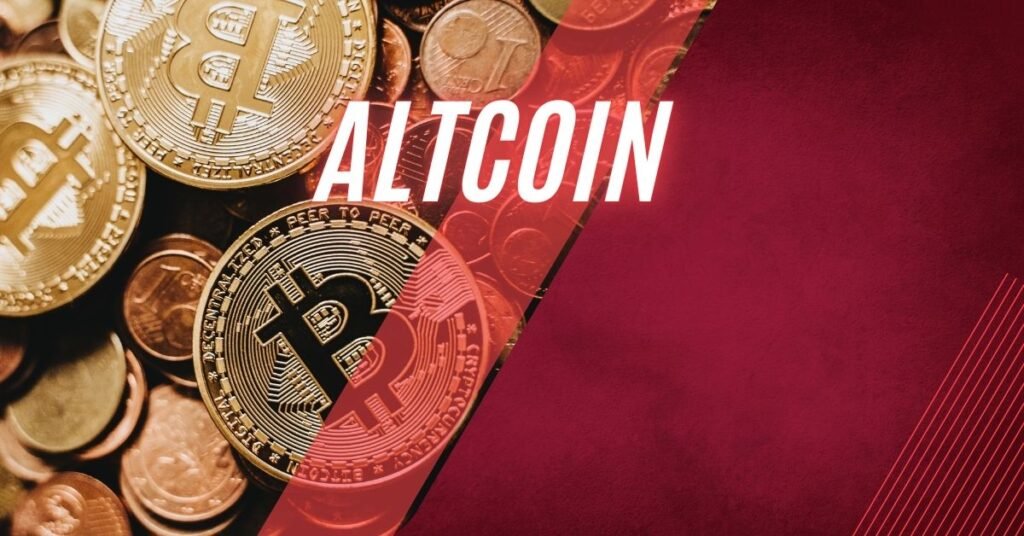

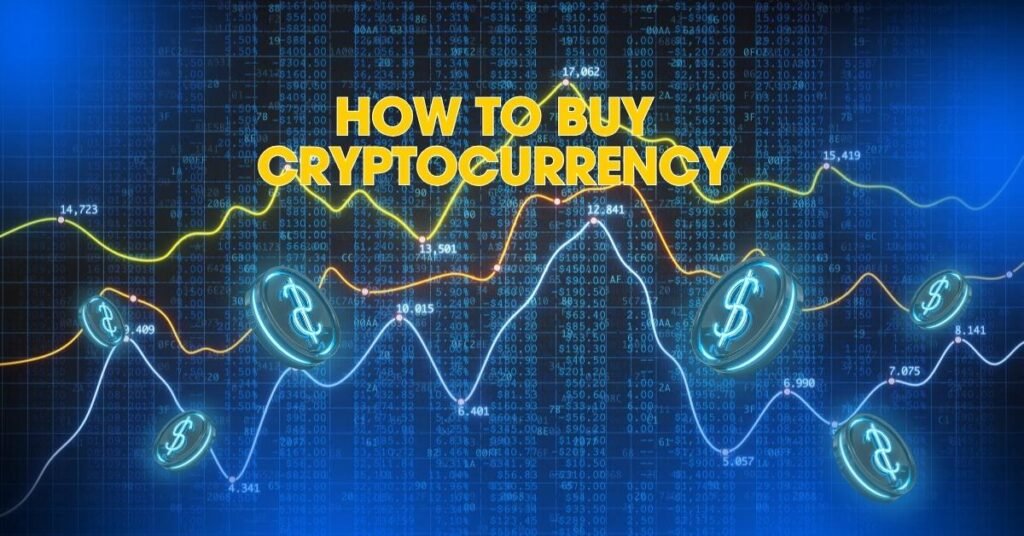
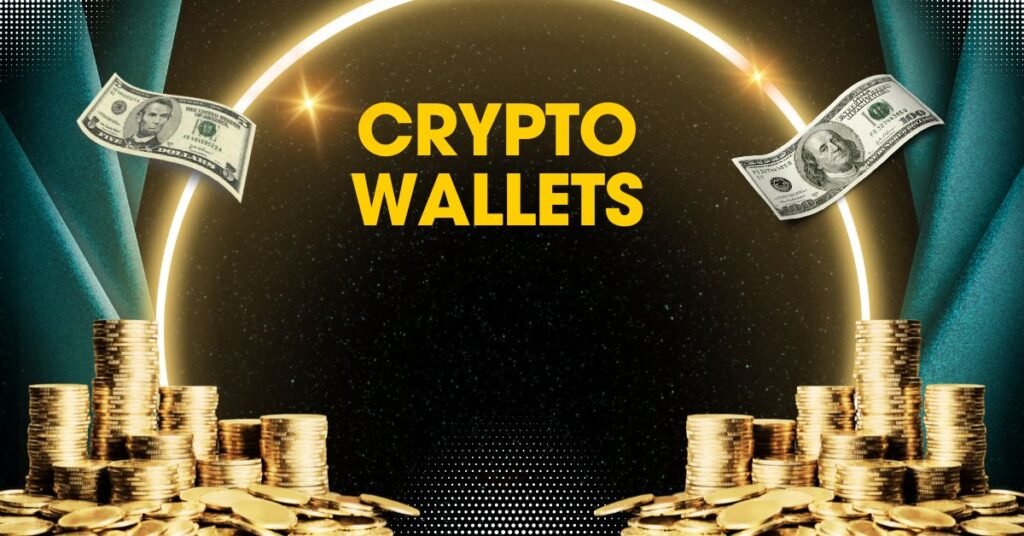
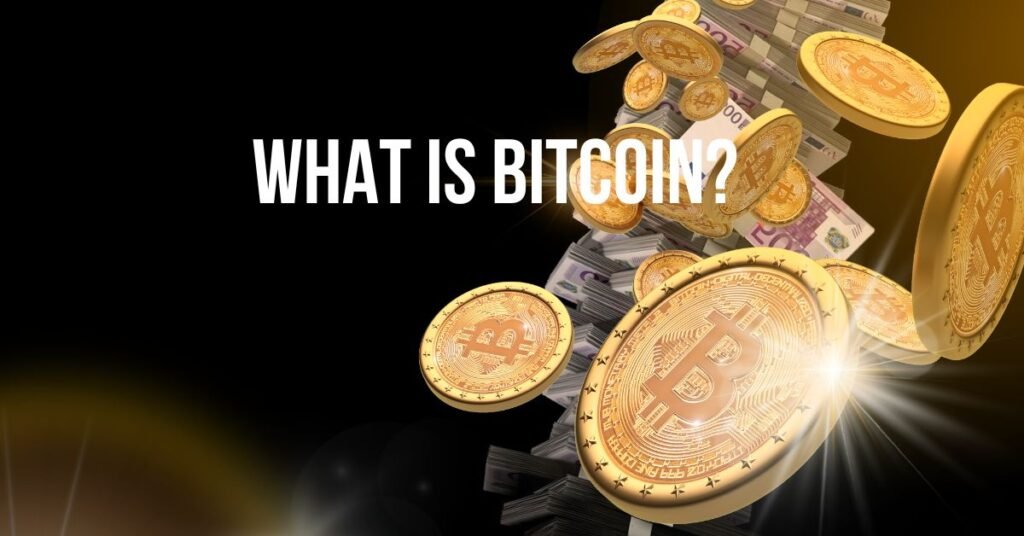
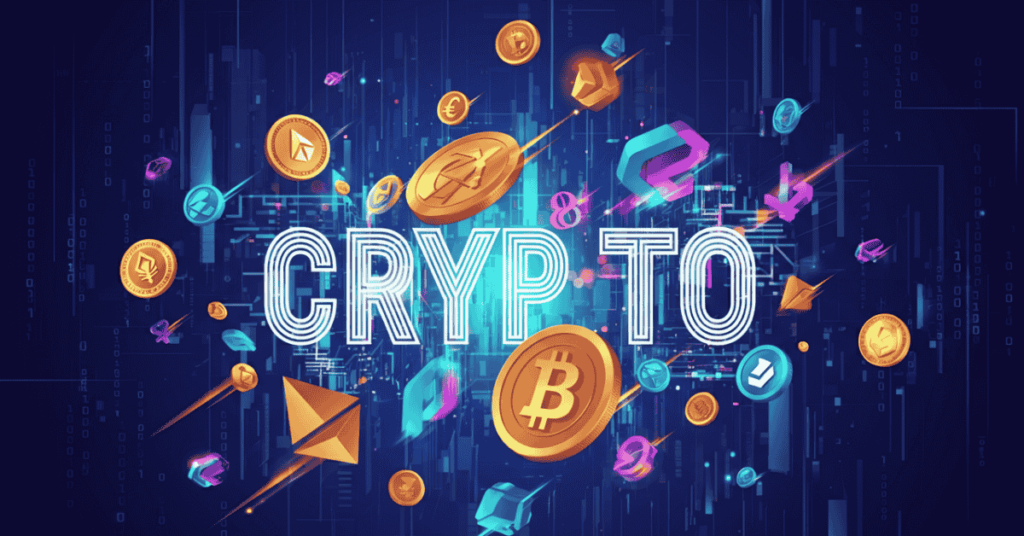
Pingback: The Fee Switch in Crypto: A Deep Dive into Revenue Sharing - CoinFxPro
Pingback: What is Cryptocurrency? A Comprehensive Guide to Digital Assets
Pingback: What is Binance App? A Comprehensive Guide CoinFxPro Trading Tools
Pingback: What is the Coinbase App: A Comprehensive Guide CoinFxPro
Pingback: CoinTracker Reviews: Top Crypto Portfolio & Tax Tool CoinFxPro
Pingback: Mastering the Crypto Market: Understanding Your Break Even Point - CoinFxPro
Pingback: A Comprehensive Guide to Cryptocurrency Trading CoinFxPro
Pingback: History of Cryptocurrency: From Concept to Global Adoption
Pingback: What is Kraken Crypto: A Comprehensive Guide CoinFxPro Crypto Tools
Pingback: Top Crypto Exchanges and Apps for January 2025 - CoinFxPro
Pingback: TradingView Review: The Ultimate Tool for Crypto Trading - CoinFxPro
Pingback: Cryptocurrency Market Crash: Insights and Tips for Investors CoinFxPro
Pingback: Understanding Cryptocurrency Regulations and Their Importance
Pingback: The Definitive Guide: How to Buy Cryptocurrency in 2025 - CoinFxPro